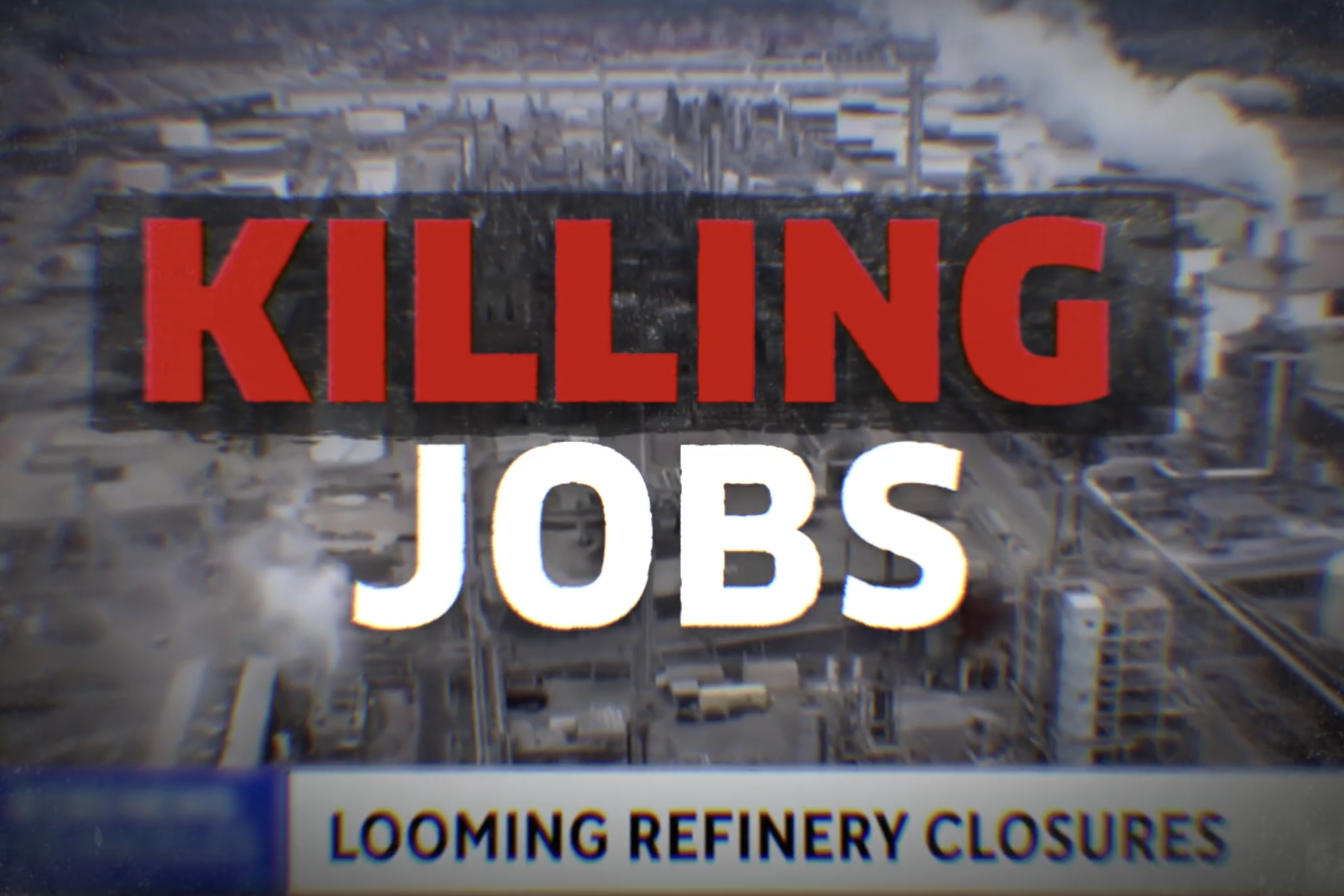In late December, the House Energy and Commerce (E&C) Committee met to conduct some much needed oversight of the Renewable Fuel Standard (RFS), the flawed government mandate designed to promote the use of ethanol and other biofuels in the country’s motor fuel supply.
While America’s biofuel production and use has expanded exponentially in the years since the RFS was created—to the point where ethanol has become the most economic form of fuel octane on the market—industry lobbyists seldom miss a chance to claim the sector is somehow harmed by not having even larger mandates than those in place today. This perennial refrain was on display once again at the E&C hearing. With the public implosion of their false “demand destruction” argument, biofuel lobbyists fingered small refiner exemptions (SREs) from the RFS as the culprit behind faltering profit margins.
As with the faulty “demand destruction” claims, the facts tell a different story about the current state of ethanol industry’s profit margins:
- Ethanol Profitably Has Declined Since 2014 Due to Overproduction: A favorite economist of the biofuel industry, Scott Irwin, recently highlighted how overproduction of ethanol has been the driver of lower ethanol margins, which slipped through 2016 and 2017 when RINs averaged between 75 and 85 cents, significantly higher than today’s levels.
A few highlights:
- In discussing trends that could explain diminished profitability from 2007 to 2017 and noting significant increases in demand, Irwin concludes: “These trends indicate that the downturn in profitability cannot be traced to a downturn in usage.”
- Note: no mention of RINs whatsoever.
- Ethanol Profitability Has Suffered from an Intra-Industry Price War: A recent Reuters story by Jarrett Renshaw, “Commodities giant ADM ramps up ethanol sales into Chicago, irking rivals,” starts out as follows:
- “Archer Daniels Midland Co has sold unusually high volumes of ethanol into the Chicago market since late last year as export markets dried up, driving down prices in the U.S. Midwest and angering the company’s rivals, according to traders and regulatory data.”
- “With growth in export markets slowing, U.S. ethanol inventories swelled to a record. Ethanol traders say ADM is saturating the domestic market, anchoring prices and bleeding out smaller producers less equipped to manage through the tough times.”
- We have to ask: Ever wonder whether ethanol interests regret their staunch opposition to adding RINs to exports, which would have incentivized the growth of ethanol markets overseas?
- Ethanol Contract Pricing Mechanisms May Facilitate Market Manipulation: A subsequent Reuters story describes how the benchmark for ethanol contract prices is subject to potential manipulation, facilitating the ability of larger players to drive down prices to the detriment of their smaller competitors.
- “Critics say the Platts price can be easily manipulated because it is based on deals that occur only during a 30-minute window each day, as opposed to during the whole day.” Several ethanol producers want that method changed.”
- “In November, ADM represented more than 90 percent of sales in the Chicago Platts window, two traders said.”
- “ADM is better placed to survive a long stretch of low prices than its ethanol-focused U.S. rivals, many of whom are concerned the company is deliberately pressuring the biofuel market lower to drive them out of business...”
Rather than blaming refiners, the ethanol industry should stay focused on addressing the challenges that its very own members are creating for their sector.


